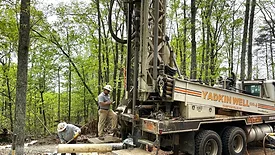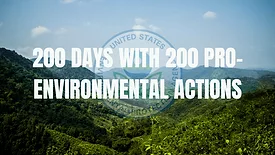Home » Keywords: » water conservation
Items Tagged with 'water conservation'
ARTICLES
EPA Claims 300 Reported Environmental Actions
The Announcement Draws Praise, Questions, and Skepticism
Read More
Texas Set to Make $20 Billion Investment in Water After Voters Approve Proposition 4
Texas will use $1 billion in sales tax a year for the next two decades to help secure the state’s water supply.
Read More
EPA Cracks Down on Waste Mismanagement at Cabras Marine to Protect Guam’s Apra Harbor
Despite the violations, the facility will be allowed to continue day to day operations
Read More
Corpus Christi Faces Possible Water Curtailments by 2026
The Texas Oil and Gas Industry Sounds the Alarm
Read More
Fashion Giants Team Up for Smarter Water Use
New MoU sets the stage for industry-wide transformation in how water is valued and protected
Read More
200 Days with 200 Pro-Environmental Actions Under Trump Administration
The EPA celebrated this milestone this week
Read More
EPA Funds Effort to Reduce Fertilizer Runoff from Farms into Lake Erie
$3.7 million allocated to provide farmers with technical assistance at managing nutrient runoff
Read More
East Texas at a Crossroads: Water, Lithium, and Energy Dependence
Two drilling projects, one region, and a growing chorus of concern over who profits and who pays the price.
Read More
Dig deeper into the drilling and water supply industry!
Build your knowledge with The Driller, covering the people, equipment and technologies across drilling markets.
SIGN UP NOWCopyright ©2025. All Rights Reserved BNP Media.
Design, CMS, Hosting & Web Development :: ePublishing




.webp?height=168&t=1762749353&width=275)







